|
|
|
|
|
|
Ultrasonic Anti-fouling Solution For Heat Exchanger |
|
|
By Hu |
|
|
|
|
How ultrasonic works to prevent fouling
Anti-fouling solution for heat exchanger is a difficult problem in many fields. Even so, ultrasonic technology provide us a new effective method. as shown in picture below, anti-fouling transducers are commonly installed in the inlet pipe of heat exchanger, with the flange connection and valve control. The key benefit is that there is no need to stop production even when the ultrasonic anti-fouling devices need to be serviced.
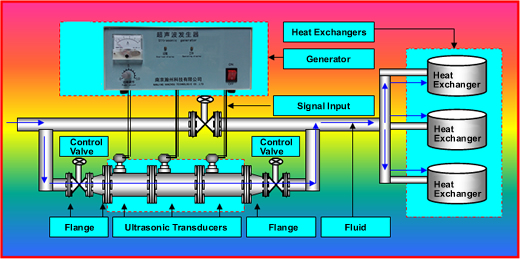
Case studies for ultrasonic anti-fouling
in heat exchanger
|
|
|
1, Petrochemical Industry |
|
|
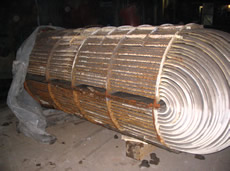 |
8 heat exchangers were put into operation in distillation workshop and oil and gas cooling section of primary tower.
Three months later, serious scaling has greatly reduced the heat exchange efficiency. Crude oil outlet temperature dropped from 75.1 ℃ to 72.6 ℃, oil and gas outlet temperature raised from 76.1 ℃ to 88.5 ℃. The increase of oil and gas temperature caused the increase of air cooling load.
Additionally, in order to ensure that the temperature of oil and gas can be cooled to about 40 ℃ before entering the gas-liquid separator, total water consumption raised from 115 t/h to 355 t/h. |
|
|
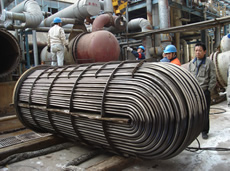 |
After using ultrasonic anti-fouling equipment on 6 heat exchangers in the distillation workshop,
oil and gas heat exchangers can recover much more heat of about 244t oil each year.
Reduced water consumption by 117.5 t/h, annual circulating water savings of 940,000 tons.
The air coolers run away with less electricity than before, annual electricity savings of 480,000 kwh.
Since we put ultrasonic anti-fouling equipment into use, the gasoline reflux temperature can be stable below 40℃, we can also keep the temperature and pressure stable in prefractionator. |
|
|
2, Electric-power Industry |
|
|
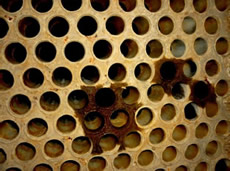 |
A power plant used circulating water from reservoir, with the high content of calcium and magnesium ions. After the water treatment, there would still be the phenomenon of ions release and sediment settled in the heat exchange process.
Fouling caused great harm on the operation of heat exchangers, such as lower heat transfer coefficients, lower temperature rise of circulating water, the higher exhaust temperature and pressure result in the higher heat consumption rate and lower heat efficiency. The effects of fouling on heat exchangers are particularly acute at the end of each cycle of operation. |
|
|
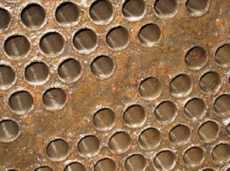
|
In order to solve the problem of energy consumption, heat-exchange equipment converted by ultrasonic anti-fouling technology.
Three months later, the copper pipe in heat exchanger had no fouling, no need for cleaning (last cleaning in 1 year ago). The energy saving effects are as follows:
1) To increase the average temperature rise of 0.76℃ in water inlet and outlet.
2) To increase heat efficiency of 0.54%.
3) To decrease heat consumption rate of 1%.
4) To decrease coal consumption of 3 g/kwh, the amount of coal saving is 0.65 t/h. |
|
|
« Back |
|
↑ Top |
|
|
|
|
 Downloads
Downloads Sitemap
Sitemap Downloads
Downloads Sitemap
Sitemap